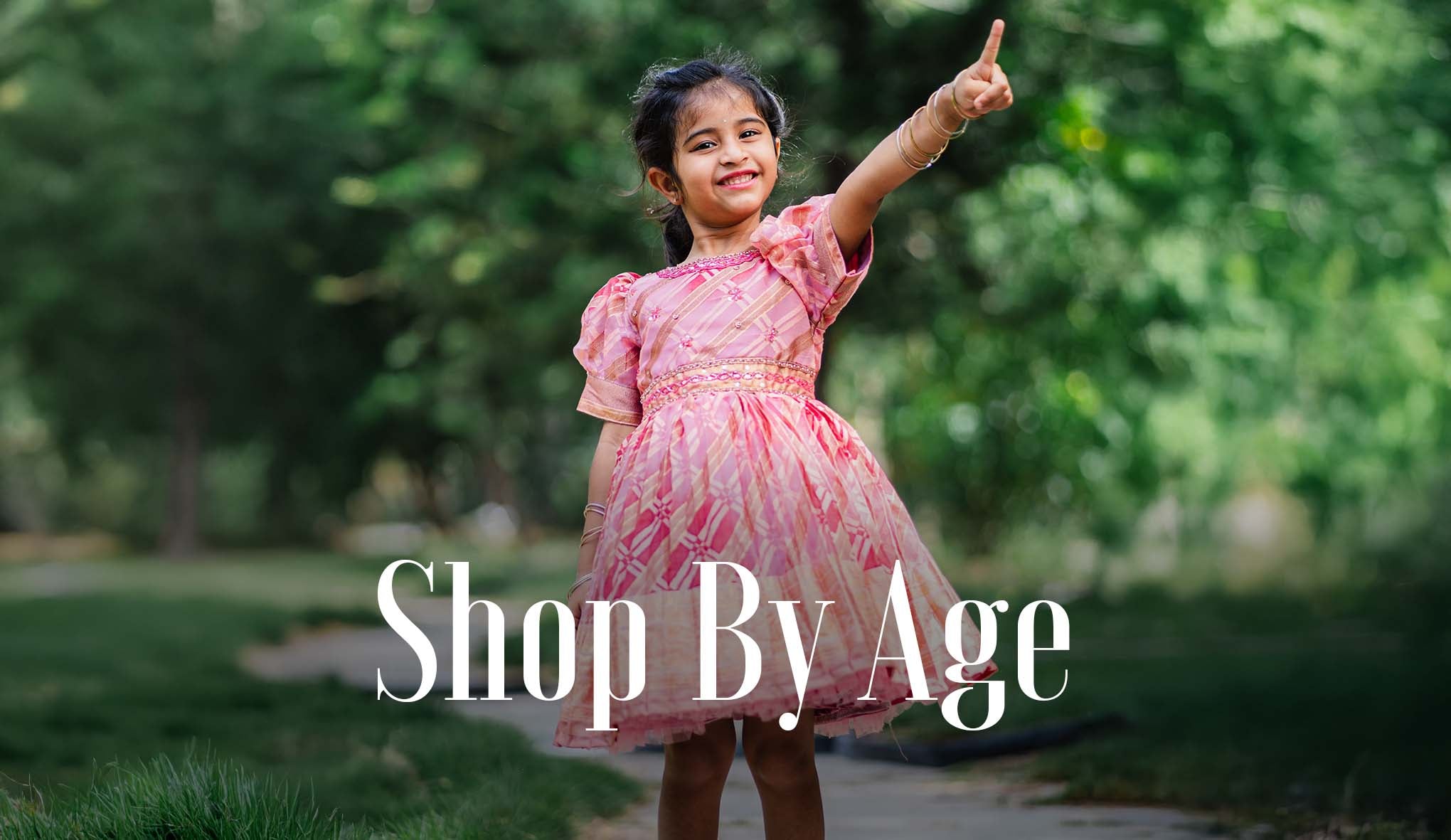Online Stranger Danger : How to Talk to Kids About Safe Browsing
“Stranger danger” used to mean not talking to people at the park.
Today, it means navigating messages from unknown usernames, pop-up ads that look like cartoons, and seemingly friendly “players” in games.
Whether your child is 5 or 12, chances are they’re online-playing, watching, exploring, maybe even chatting. And while the internet has amazing things to offer, it also comes with risks. One of the biggest? Talking to strangers they don’t know are strangers.
But here’s the thing we don’t need to scare them. We just need to prepare them-with the right words, tone, and tools.
This guide will help you talk to your child about safe browsing in a way that’s clear, age-appropriate, and yes, even empowering.
💬 Start With This “The Internet Is Like a Big City”
A helpful analogy for kids? The internet is a giant digital city.
There are fun places to visit (games, videos, stories), but also strangers, traffic, and dark alleys. Just like you wouldn’t walk alone in a city without holding Amma or Appa’s hand, you shouldn’t wander online without some guidance too.
Let them know
-
Not everyone online is who they say they are.
-
Some people pretend to be kids or use games to trick others.
-
It’s not your fault if someone makes you uncomfortable-but it is your right to tell a grown-up.
👩👧 Parent Tip Use calm language. Avoid heavy fear. Say, “We’re learning to be safe explorers,” instead of “You could get hacked!”
🛑 Teach These 5 Golden Rules for Safe Browsing
These simple, repeatable rules work for most age groups
-
Don’t talk to strangers online-ever.
-
That includes chat boxes in games, friend requests, or private messages.
-
Never share personal information.
-
No names, school names, locations, passwords, or photos.
-
If something feels “off,” tell an adult.
-
Even if it seems silly. Even if someone tells you not to.
-
Ask before downloading anything.
-
Apps, games, or files-even if it looks fun.
-
Use devices in shared spaces.
-
Bedrooms at night = too much privacy for safe screen time.
🧒🏽 For younger kids, make a rhyme
“No name, no game. No face, no place!”
👀 Use Parental Tools But Talk About Them Too
Yes, tech tools are essential. But transparency builds trust.
What You Can Use
-
Apple Screen Time / Android Family Link Monitor and limit app use.
-
Kid-friendly browsers like Kiddle or YouTube Kids.
-
Google SafeSearch and filters for explicit content.
-
Router-level controls Pause Wi-Fi or block certain websites entirely.
Yes, turn on privacy settings. Yes, use kid-safe modes. But filters aren’t foolproof-kids are sneaky. The real safety net? Their brain
✅ Say this to your child
“These tools help us both stay safe-like seatbelts when we drive.”
🕵🏽♂️ Spotting Red Flags Teach Kids to Recognize Danger
Sometimes kids don’t realize something is wrong. Help them learn the signs.
Teach them to tell you if
-
Someone online asks to chat privately or meet in person.
-
They’re told to “keep a secret” from their parents.
-
They see something upsetting (even cartoon violence or scary pop-ups).
-
They accidentally click on something and feel “weird” about it.
💡 Use scenarios
“What would you do if someone in a game asked for your photo?”
“What if you clicked a video and it showed something scary?”
👨👩👧 Create a “No-Blame” Safety Zone
Make a rule: You can always come to us-no matter what.
Kids sometimes hide online experiences because they’re scared of getting in trouble. Reassure them that your job is to protect, not punish.
Tell them
-
“You won’t get in trouble for being honest.”
-
“I’ll help you fix it-even if you clicked something by mistake.”
-
“It’s okay to feel confused. Grown-ups feel that too!”
❤️ A parent shared
“When I told my daughter it was okay to come to me even if she clicked something bad, she immediately opened up about a weird game ad she saw. That conversation wouldn’t have happened if she was scared.”
🧡 Final Thoughts Keep the Conversation Going
One talk isn’t enough. Just like we teach kids to cross roads safely again and again, we need to check in regularly about the online world.
Make it part of everyday conversation
-
“What games are your friends playing now?”
-
“Did you see anything online that made you feel funny today?”
-
“Want to show me the video you’re watching?”
When they know you’re curious, not controlling, they’re more likely to open up.
Want to Keep Childhood Safe and Beautiful?
Explore The Nesavu’s kidswear collection for handcrafted, ready-to-wear outfits made with love-for festivals, family functions, and the precious offline moments that matter.
























Leave a comment